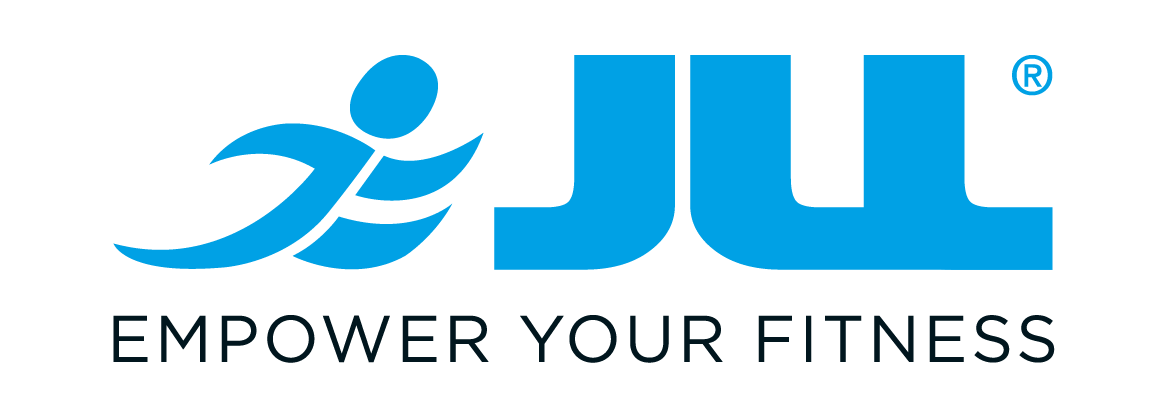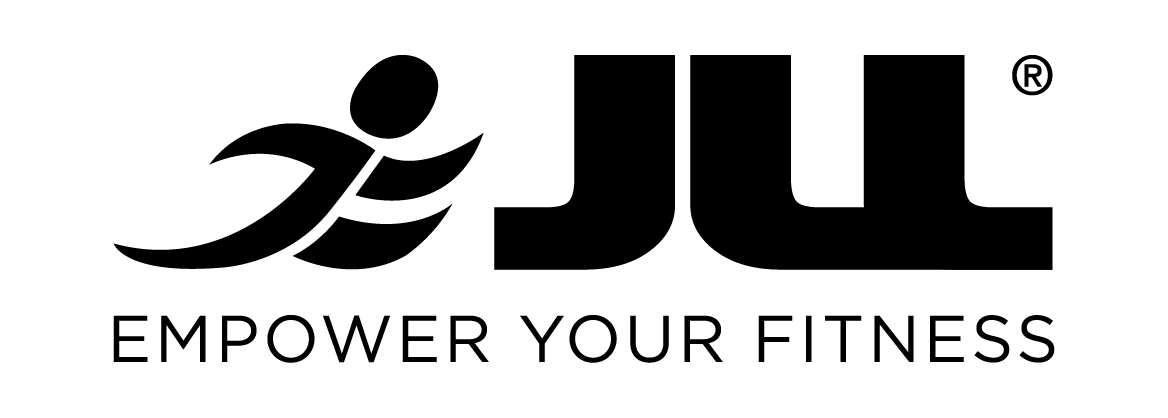Exercise Bike Buying Guide
With the unpredictability of English weather and safety concerns of riding bikes on roads, outdoor exercise can be unattractive. Alongside this, with busy schedules and family and friends, finding the time to join a gym can be difficult.
An attractive alternative option for those who want to get fit, lose weight or improve their health is an exercise bike. These machines are very popular as they offer accessible workouts for people of all ages, improving muscular strength and cardiovascular health. They provide all the physical benefits of an outdoor bike, without any of the stress.
Types of Exercise Bikes
There are three different types of stationary bikes:
Upright Exercise Bike
Upright Exercise bikes are more upright, have wider seats and are usually more comfortable. They are designed similarly to regular outdoor bikes, where you can either sit up straight or lean forward holding the handles. Different postures focus on different muscle groups.
You can adjust the resistance to push yourself harder. These bikes work your entire lower body as they only focus on the pedalling and leg power. This can be particularly beneficial for those with back injuries as there is no strain on the upper body.
Indoor Cycle Bike
Indoor Cycle bikes, also known as studio bikes, are usually the same as gym spinning class machines. They are designed like a fixed-gear bike (used for track cycling in a velodrome) and the seat position and posture reflect that.
You can stand up to simulate hill climbing, or lean forward to work the muscles on your lower body. The upright position also engages your abdominal muscles as they work to stabilise your body.
This kind of bike is designed to give you a realistic and intense cycling experience. There is a knob placed on the bike which enables you to increase or decrease resistance to simulate climbs and sprints.
Recumbent Bike
Recumbent bikes have a more comfortable cycling position than upright or studio bikes. However, they are limited to one position as they do not have the ability to rise when pedalling harder.
They are easier to mount and dismount, and they also have a supportive seat with a back support, which is more comfortable if you are pedalling for a long time or recovering from an injury.
This type of indoor bike tends to take up more room than the alternatives.
What to Consider when Buying an Exercise Bike
User Weight and Number of Users
When purchasing an exercise bike it is important to consider the weights and number of users in order to ensure the machine meets all of your requirements. Our range of exercise bikes here at JLL Fitness support a range of maximum weights:
- Indoor Cycling Bike: 125kg - 150kg
- Upright Exercise Bike: 100kg - 135kg
- Recumbent Bike: 100kg - 135kg
If multiple people are going to be using the exercise bike, you should purchase a machine which has adjustable heights and a comfortable seat. This will allow riders of all sizes to easily use the equipment. It is important that you and the other users feel comfortable on your machine in order to encourage usage.
Bike Placement
The size of the stationary bike you purchase will determine where you can place it in your home. If you do not have a lot of room in your home, an exercise bike can be a good option as they are space efficient. We recommend measuring the space you want your bike to be placed before you purchase a machine. Generally, an exercise bike requires the same amount of space as a single bed. We have a wide range of bikes with different measurements:
- Average Indoor Cycling Bike: 122cm (L) x 53cm (W) x 126cm (H)
- Average Upright Exercise Bike: 113cm (L) x 51cm (W) x 126cm (H)
- Average Recumbent Bike: 142cm (L) x 61cm (W) x 108cm (H)
In addition to the size of the machine itself, it is also important to leave some space around the machine while it is in use so that you can get on and off easily.
How will the Bike be Used
When considering buying an exercise bike it is important to think about how the machine is going to be used. Fitness objectives are key to getting the most out of an exercise bike, therefore you should make sure to have an idea of what you want to achieve before you purchase a machine.
If you are looking for an indoor bike which simulates the feel of a road bike, then a cycle bike is for you, whereas if you are looking for an exercise machine to build your cardiovascular and endurance, then an upright exercise bike is for you.
No matter what your fitness goals are, it is always a good idea to incorporate cycling into your workouts.
You should also consider the number of people who will be using the bike, their weight, and how often they will exercise on the machine. This will tell you how much you should spend on a bike in order to meet the expectations of everyone using it. If you and the other people using the bike want to use it five days a week, then you will need to purchase a good quality model with plenty of different programs.
The machine you purchase will be used more frequently if it caters to everyone’s needs. Therefore it is important to consider how it will be used.
Price
When looking into buying an exercise bike, you should keep in mind your financial limitations. These will help you decide which bike is more suitable for your needs. You should decide how much your budget will be based on how much you are willing to spend, and how often you will use the bike.
Our exercise bike range offers many different options to suit different needs and budgets:
- Indoor Cycling Bike: £279.99 - £589.99
- Upright Exercise Bikes: £149.99 - £419.99
- Recumbent Bike: £159.99 - £549.99
Basic Features
It is important to choose a bike that is useful and provides excellent value for money. All exercise bikes should come with a few basic features:
Pedals
Pedals should provide a smooth experience. They should be wide enough for all foot sizes and easy to use. Many models of exercise bikes provide easy ways for users to strap their feet into the pedals. There are three different types:
- Toe cage: These can be used with any type of training shoes. Your feet fit into the cage on the pedal, which can be tightened for a more secure fit.
- Pedals with straps: These can be used with any type of training shoes. Your feet fit into the straps on the pedal, and tighten up to make it more secure.
- Cycling shoe clips: These can be used with specialist cycling shoes. The cycling shoe clips into the pedal to stop your feet from slipping when you are cycling. This type of pedal is generally safer than toe cages or straps.
Whatever type of pedal you choose, you should ensure that you are using your machine safely.
Seat
The seat on an exercise bike should always be comfortable. Some users choose to purchase seat covers filled with padding or gel, or padded bike shorts in order to add cushioning.
Exercise bike seats should also be easy and quick to adjust in order to accommodate different users.
Flywheel
The flywheel is the wheel at the front of the bike that moves when you pedal. It controls the bike’s resistance and determines how smooth and consistent your ride will be. There are a number of factors to consider:
- Size of Flywheel: This is measured in kilograms. For a domestic indoor bike, you should look for a weight of 8kg or heavier. The higher the weight, the smoother the action will feel.
- Quality of Flywheel: The quality of the bearing that allows the flywheel to spin needs to be high quality. Bearing failure in indoor bikes is quite common, which results in a lot of noise when the wheel spins.
Resistance
Resistance dictates how hard you need to pedal. There are two types of resistance and breaking mechanisms on indoor bikes:
- Friction Brakes: A friction pad comes into contact with the flywheel. The harder the pad presses against the flywheel, the harder it is to pedal. The resistance level is controlled by a knob on the frame of the bike that you can move when cycling. Generally, friction resistance bikes are less expensive than their equivalent magnetic counterparts.
- Magnetic Brakes: A magnetic cycle uses magnets to control the level of resistance when pedalling. The closer the magnet is to the flywheel, the more difficult it is to pedal. The resistance level is controlled by a knob on the frame of the bike. The main advantage is that there are no friction pads to wear out and therefore maintenance is reduced.
Driving System
The pedals on an exercise bike are connected to the flywheel with either a belt or a chain. With entry level and mid-range indoor cycles, it is best to go for a belt drive:
- They can be adjusted easily when necessary.
- They are quieter than chain driven bikes.
- There is no maintenance required.
However, chain driven bikes work on the same principle as road bikes. They can give you a more authentic feel and are more popular with outdoor cyclists who want to train indoors. You need to keep the chain lubricated, just like with an outdoor bike. But this is the only required regular maintenance.
Safety
It is important to make sure that all the moving parts of an exercise bike, such as the chain, have safety covers in order to minimise risk.
Additional Features
Other features which exercise bikes can have are:
Adjustable Intensity
An exercise bike with adjustable workouts will enable you to make your exercise more intense as your fitness level increases. This provides continual challenges and allows you to use the bike for longer.
Heart Rate Monitor
Monitoring your heart rate is a good way to track your level of fitness. You will notice progress and the intensity of your workouts using a heart rate monitor.
Programs
Most exercise bikes have some form of electronic feedback console. This displays your workout data such as your speed, time, distance, heart rate and calories burned. This console can also display programs which help to vary your workouts,
Heart rate training programs are ideal for those who want to lose weight and improve physical performance, as well as those who wish to keep the level of effort in the safe zone for those under medical supervision.
If you are the type of person who becomes bored easily when exercising, we recommend that you look for an exercise bike which features a wide range of programs, as they may help to keep you motivated.
Important Things to Note
Warranty and Maintenance
Before purchasing an exercise bike, you should ensure that you check the warranty. Here at JLL Fitness, we offer you a year's warranty on all of our exercise bikes.
Noise
Some models of exercise bikes can be noisy, especially those which use air resistance. This may not be a main concern for everyone, but a loud bike can become a distraction during a workout, or could bother surrounding neighbours.
FAQs
Q. Are exercise bikes good for weight loss?
Yes. Exercise bikes help you burn calories and improve your overall health. An average person can burn around 250 calories in a moderate 30 minute session on an exercise bike. This can help you maintain a calorie deficit needed for losing weight.
Q. What is the warranty on my exercise bike?
JLL Fitness offers a one year warranty on all of our exercise bikes. If you have an issue with your machine, you should get in touch with us and we will do our best to help you.
Q. Who can use exercise bikes?
Everyone. They are suitable for all ages, although children should not use the equipment unsupervised. They are especially good for people who are suffering from conditions such as diabetes or heart problems as they help to improve both overall and cardiovascular health. They can provide excellent benefits in a very low impact way on knees and joints. This makes exercise bike workouts perfect for those recovering from injuries.
Q. What is the best position to ride an exercise bike?
A comfortable position is important when riding an exercise bike. You should make sure that the seat is at the right height and that you are not sitting too close, or too far away from the handlebars.
When you are sitting on the bike with a pedal at the lowest point, your leg should point almost straight down with a slight bend at the knee.
The handlebars should be within easy reach without having to strain forward and your shoulders should be relaxed, letting your abdominal muscles support your back. Sitting lightly on the seat will help you with this.
When pedalling, you should try to pedal in smooth circles rather than pushing with alternating feet. This is the best way to tone your muscles without injury.
Most importantly, you should start out slow and then gradually work your way up to more intense sessions.




